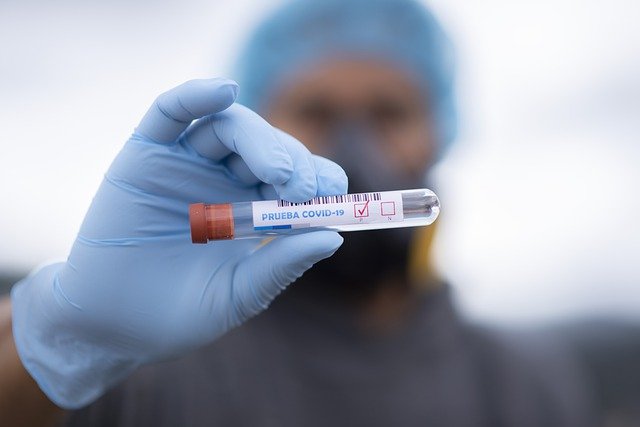While the COVID-19 pandemic still persists, it does not change the fact that the healthcare sector has undergone a drastic transformation ever since the whole world was put on lockdown nearly a year ago. Despite the pressure it gives to healthcare systems, the pandemic has only amplified the need for healthcare providers, institutions, and practitioners to adopt new methods and tools.
Improvements in the delivery of healthcare needs as well as the developments of testing kits and vaccines are becoming more apparent as governments invest on effective pandemic response measures. The disruption won’t last long, but the innovations it helped produce are already shaping the future of healthcare. Let’s take a look at a few of the most significant ones:
The use of AI and big data for drug development
At the start of the pandemic, pharmaceutical companies immediately began research on vaccine and drug development to counter SARS-nCoV-2, the virus that causes COVID-19. Considering the urgency of the problem, scientists have been using machine learning to fast-track research.
One such machine learning tool is CORD-19 developed by Amazon, which helps researchers extract relevant medical data from large volumes of information about coronaviruses. Supercomputers were also employed to run test scenarios on available drugs and find the best possible mix for treating COVID-19.
With these innovations, the pairing between big data and AI can help optimize future pandemic responses. It’s only a matter for governments and tech companies to work together in developing more advanced machine learning systems capable of producing accurate insights within the shortest possible time frame. After all, every second is crucial and new technology is the key to saving lives.
Assessing the value of personalized care and monitoring
Since COVID-19 has proven to be fatal among the elderly and immunocompromised patients, healthcare institutions will need to consider the possible risk of exposure, especially when it comes to assessing patient health during in-home visits and running diagnostic tests.
For this, institutions and practitioners will have to deliver healthcare services directly to at-risk individuals. While in-person visits are highly discouraged at this time, patients can still undergo checkups and request for consultations through telehealth services. These allow doctors to monitor patient activity as well as ensure a holistic approach for delivering quality care.
The need to double down on wearable technology
Communication is undoubtedly crucial at this time and doctors should look into using convenient tools for notifying patients and evaluating their conditions remotely. Wearable technology will play a big role along these lines since it can provide real-time insights into a patient’s health.
Smartwatches and other wearable devices can also be used to detect the early signs of COVID-19 infection, from high temperatures to heart rates. As wearables become increasingly available, there is a good reason for the technology to cover a wider range of health-related applications and scenarios in the near future.
The COVID-19 pandemic may have disrupted daily life, but its effects have only accelerated innovation. There is no way of knowing when the next pandemic would hit, but the lessons we have uncovered through COVID-19 will help us prepare for any eventuality.







Recent Comments